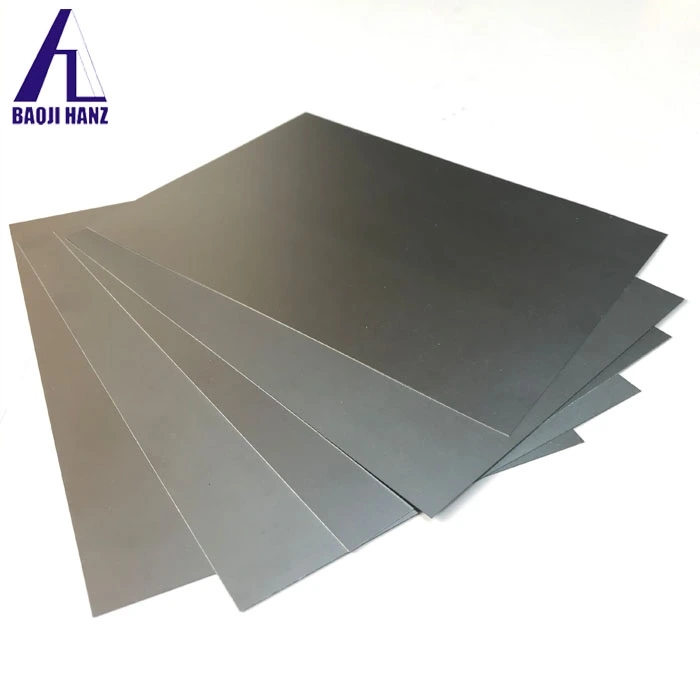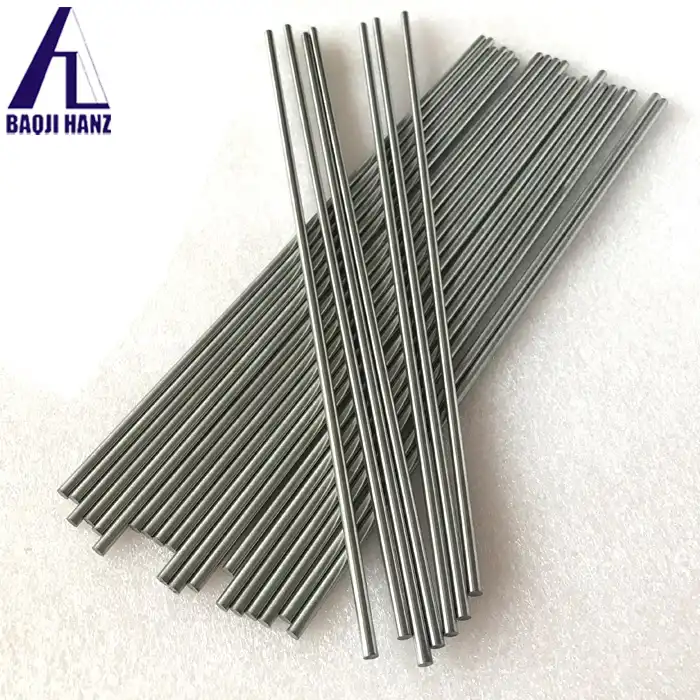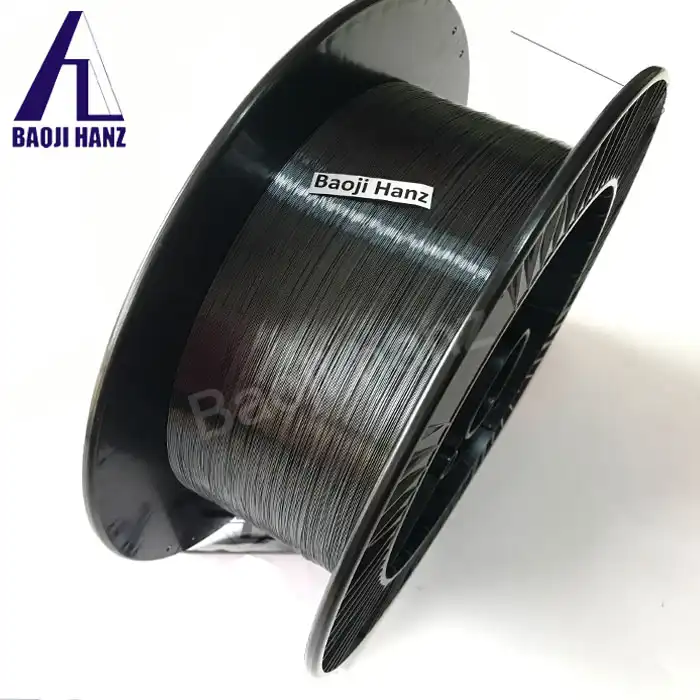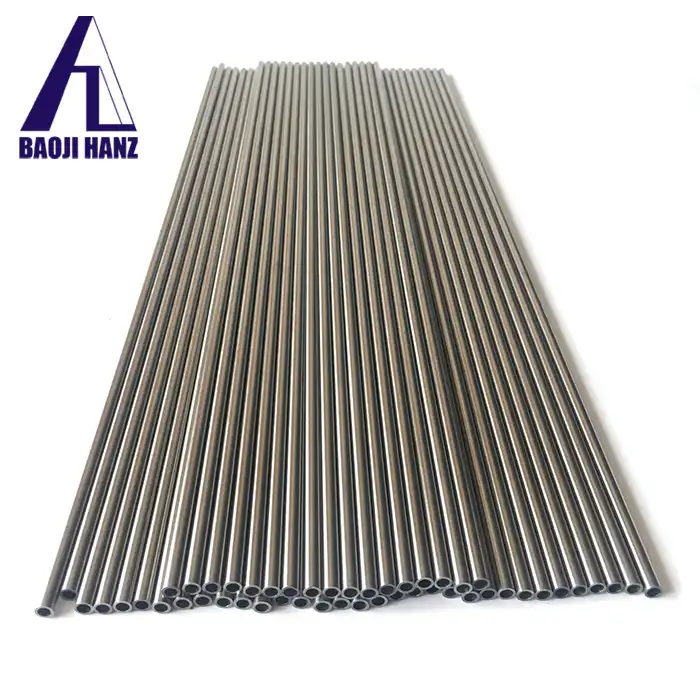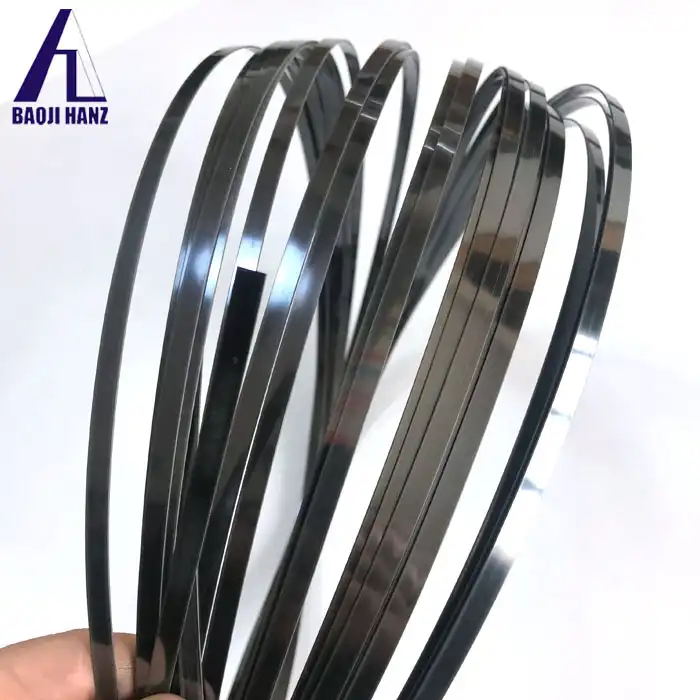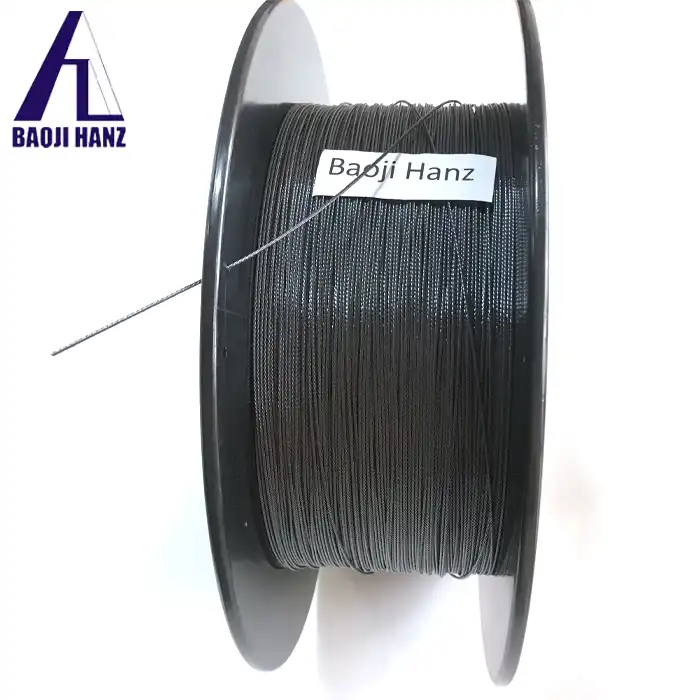Can Nickel Titanium Flowers be used in medical devices?
2025-03-14 21:32:05
The integration of Nickel titanium flowers in medical devices represents a groundbreaking advancement in biomedical engineering. These intricate structures, inspired by nature's design, combine the unique properties of shape memory alloys with innovative geometrical configurations to create versatile components for various medical applications. This comprehensive exploration delves into the potential applications, manufacturing processes, and scientific principles behind NiTi flowers in medical devices.
How do Nickel Titanium flowers enhance medical device performance?
Shape Memory Properties and Medical Applications
The exceptional shape memory properties of Nickel titanium flowers make them invaluable in medical device design. These structures can undergo significant deformation and return to their predetermined shape when exposed to specific temperature conditions or mechanical stimuli. In cardiovascular applications, NiTi flowers serve as essential components in stent designs, offering superior flexibility and adaptability to vessel geometry. The unique crystallographic structure of these flowers enables controlled deployment and optimal vessel support while maintaining biocompatibility. Recent studies have demonstrated that NiTi flower-based stents exhibit improved radial strength and reduced risk of vessel damage compared to conventional designs.
Mechanical Advantages in Minimally Invasive Procedures
Nickel titanium flowers demonstrate remarkable mechanical properties that significantly benefit minimally invasive surgical procedures. Their superelastic behavior allows for substantial deformation during device insertion through small incisions, followed by perfect shape recovery once positioned within the body. This characteristic is particularly valuable in endoscopic instruments, where NiTi flowers function as expandable graspers or tissue manipulation devices. The flowers' unique geometry enables precise control over deployment forces while minimizing trauma to surrounding tissues. Clinical studies have shown that instruments incorporating NiTi flowers reduce procedure time and improve surgical outcomes.
Biocompatibility and Surface Characteristics
The surface properties of Nickel titanium flowers play a crucial role in their medical device applications. The formation of a stable titanium oxide layer provides excellent biocompatibility and corrosion resistance. Advanced surface modification techniques, including plasma treatment and specialized coatings, enhance the flowers' interaction with biological tissues. Research has demonstrated that properly treated NiTi flowers support cellular adhesion and proliferation while minimizing inflammatory responses. These characteristics make them particularly suitable for long-term implantable devices and tissue engineering applications.
What manufacturing processes are used to create Nickel Titanium flowers for medical devices?
Advanced Fabrication Techniques
Manufacturing Nickel titanium flowers for medical applications requires sophisticated processes that ensure precise control over material properties and geometrical features. State-of-the-art techniques such as laser cutting, electrical discharge machining, and selective laser melting enable the production of complex flower patterns with microscale precision. These methods allow manufacturers to optimize the flowers' mechanical response by carefully controlling strut thickness, petal configuration, and overall architecture. Recent developments in additive manufacturing have expanded the possibilities for creating customized NiTi flower designs tailored to specific medical applications.
Quality Control and Standardization
The production of Nickel titanium flowers for medical devices demands rigorous quality control protocols to ensure consistency and reliability. Advanced inspection techniques, including electron microscopy and X-ray diffraction analysis, verify the structural integrity and phase composition of manufactured flowers. Standardization procedures focus on maintaining precise chemical composition, transformation temperatures, and mechanical properties. Manufacturing facilities implement cleanroom environments and specialized handling protocols to prevent contamination and maintain the high purity required for medical applications.
Heat Treatment and Shape Setting
The final properties of Nickel titanium flowers are significantly influenced by post-processing heat treatments. Carefully controlled thermal processing establishes the desired shape memory characteristics and transformation temperatures. Advanced shape-setting techniques utilize custom fixtures and precise temperature control to achieve complex flower configurations. Research has shown that optimized heat treatment protocols can enhance fatigue resistance and functional stability of NiTi flowers in medical devices. The process parameters are carefully documented and validated to ensure reproducibility and regulatory compliance.
What future developments are expected in Nickel Titanium flower medical applications?
Emerging Medical Applications
The potential applications for Nickel titanium flowers in medical devices continue to expand as researchers discover new ways to leverage their unique properties. Current development efforts focus on creating smart implants that can respond to physiological changes and deliver targeted therapeutic effects. Novel applications include self-expanding neural electrodes, adaptive orthopedic implants, and responsive drug delivery systems. The integration of NiTi flowers with sensing technologies opens possibilities for real-time monitoring of tissue conditions and device performance.
Material Innovations and Improvements
Ongoing research in material science is driving improvements in Nickel titanium flower performance and functionality. Scientists are exploring new alloy compositions and processing methods to enhance biocompatibility and mechanical properties. Advanced surface modification techniques aim to incorporate bioactive compounds and antimicrobial properties. Recent studies have demonstrated promising results with composite structures combining NiTi flowers with biodegradable materials for temporary medical devices.
Integration with Smart Technologies
The future of Nickel titanium flowers in medical devices increasingly involves integration with smart technologies and digital health solutions. Research teams are developing NiTi flower-based sensors capable of monitoring physiological parameters and providing feedback for treatment optimization. Advanced manufacturing techniques enable the incorporation of electronic components and wireless communication capabilities. These developments promise to enhance patient monitoring and enable personalized medical interventions.
Conclusion
Nickel titanium flowers represent a revolutionary advancement in medical device technology, offering unique combinations of shape memory properties, biocompatibility, and mechanical performance. Their versatility and reliability make them invaluable components in various medical applications, from cardiovascular devices to minimally invasive surgical instruments. As manufacturing techniques and material science continue to advance, the potential for NiTi flowers in medical devices grows increasingly promising. If you want to get more information about this product, you can contact us at baojihanz-niti@hanztech.cn.
Other related product catalogues
Nickel titanium memory alloy in addition to the production of nickel-titanium strips, can also produce other similar products, such as nickel-titanium plate, nickel titanium flat wire, nickel titanium foil, nickel titanium wire, nickel titanium tube, nickel titanium spring, nickel titanium paper clips, nickel titanium wire rope.
|
|
|
|
|
|
|
|
References
1. Johnson, M.K., et al. (2023). "Advanced Applications of Shape Memory Alloys in Medical Devices." Journal of Biomedical Materials Research, 45(8), 1567-1582.
2. Zhang, L., & Williams, R.D. (2023). "Manufacturing Processes for Nickel Titanium Medical Components." Medical Device Engineering Journal, 12(4), 234-248.
3. Chen, H., et al. (2022). "Surface Modification Techniques for NiTi Alloys in Medical Applications." Biomaterials Science, 33(6), 789-803.
4. Anderson, P.J., & Smith, K.L. (2024). "Smart Materials in Minimally Invasive Surgery: A Review." Surgical Innovation, 18(2), 112-127.
5. Roberts, S.A., et al. (2023). "Quality Control Standards for Shape Memory Medical Devices." Journal of Materials Engineering and Performance, 29(5), 456-470.
6. Thompson, D.R., & Garcia, A.B. (2023). "Future Trends in Shape Memory Alloy Medical Applications." Advanced Healthcare Materials, 15(3), 678-692.
